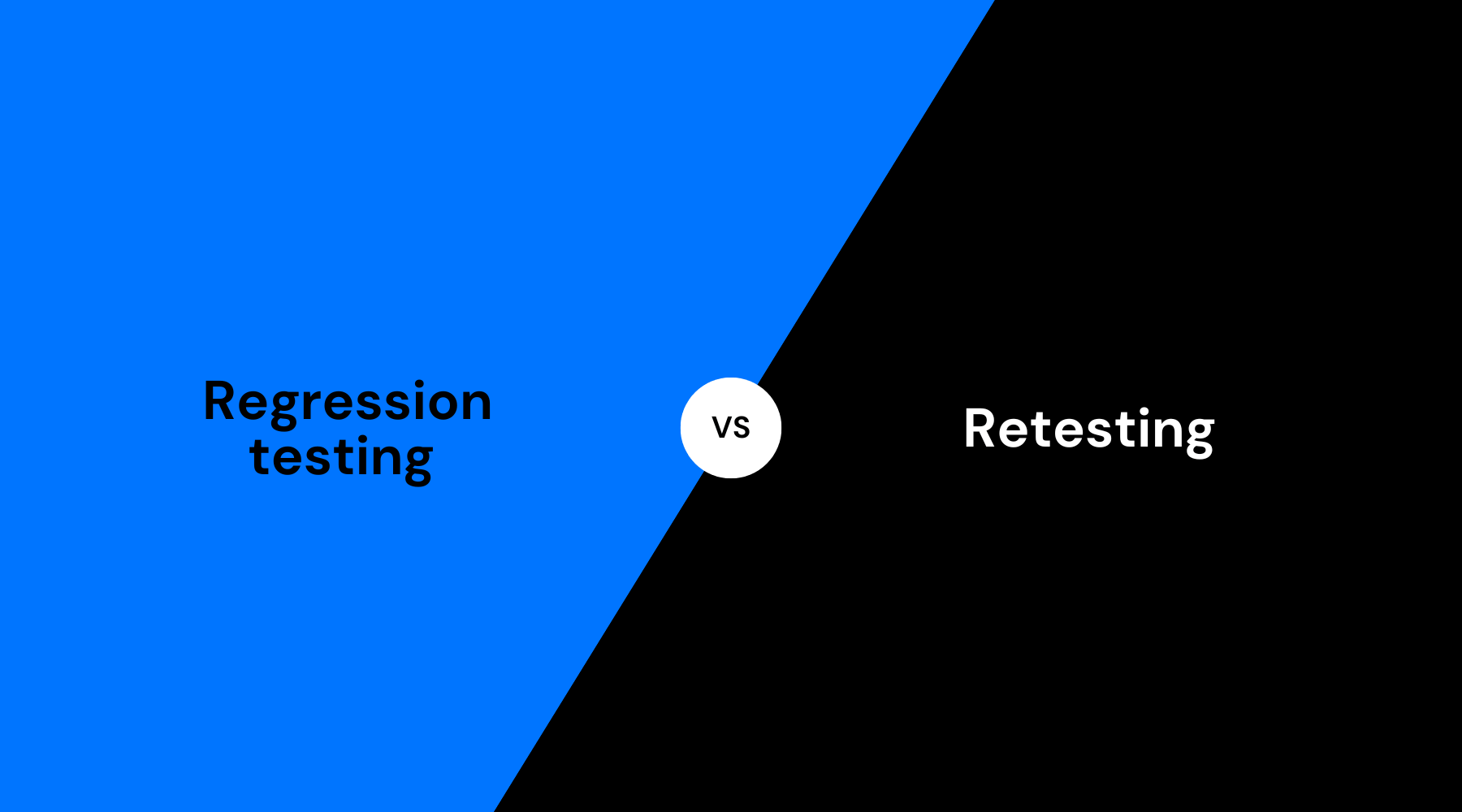In the fast-paced world of software development, where constant updates and enhancements are the norm, ensuring that new changes do not disrupt existing functionality is paramount. This is where regression testing services step in, playing a crucial role in maintaining software quality and user satisfaction. In this article, we delve into the evolution of regression testing, highlighting its differences from retesting, exploring its importance, and unravelling the challenges it presents in the modern development landscape.
The essence of regression testing
Imagine a scenario where you install a state-of-the-art air conditioning system in your home, only to discover that your lights are no longer functioning as they should. This situation mirrors the essence of regression testing in the realm of software development. In a nutshell, regression testing involves evaluating changes or updates made to a computer program to ensure that previously developed and tested features continue to operate seamlessly.
Traditionally, regression testing involves running existing tests against the modified code, aiming to detect any unintended side effects that might have emerged due to the alterations. Moreover, testers may introduce various secondary conditions as variables to thoroughly scrutinise the software’s behaviour. In the context of Agile development, where iterative and frequent updates are the norm, regression testing has risen to prominence as a vital quality assurance measure.
The difference between regression resting and retesting
To understand regression testing fully, it’s crucial to distinguish it from retesting. Retesting is performed in response to identified defects in a test case. After the defects have been rectified, the same tests are rerun to validate the resolution of the issues. On the other hand, regression testing is concerned with the broader picture of software stability. It ensures that code changes or updates do not inadvertently disrupt previously functioning features. While retesting addresses specific problems, regression testing explores the potential issues that could arise due to the cumulative impact of numerous changes over time.
The Roles of Regression Testing and Retesting in Quality Assurance
To differentiate effectively, understand that retesting focuses on verifying fixes of identified defects, whereas regression testing ensures that recent changes haven’t adversely affected existing functionalities. This section could include practical examples of both methods to clarify the “difference between retesting and regression testing” and “development testing vs regression testing.”
The evolution of regression testing – from static to dynamic
The landscape of software development has evolved considerably since the concept of regression testing was first introduced. With the rise of Agile methodologies and the accelerated pace of development cycles, regression testing has become a linchpin for safeguarding software quality.
Companies, especially Software as a Service (SaaS) providers, frequently introduce new features and updates to their offerings. To prevent these enhancements from compromising core product functionality, rigorous regression testing is imperative.
In light of these advancements, the complexity of software products has also surged. As updates accumulate, the codebase grows intricate, presenting a challenge for maintaining a comprehensive suite of regression tests. Moreover, communicating the value of regression testing to non-technical stakeholders can be arduous. While executives prioritise progress and innovation, investing time in regression testing to ensure existing functionality might be a tough sell. And so, striking a balance between innovation and stability becomes a delicate art.
Embracing the challenges – a proactive approach to regression testing
Despite the challenges posed by regression testing, there are strategies that can enhance its effectiveness:
- Regularly update your regression pack: A regression pack comprises test cases tailored to earlier software versions. Keeping it up to date ensures that tests align with the current state of the software, preventing the inclusion of obsolete tests.
- Prioritise highly-trafficked paths: Focusing on frequently used features and core functionalities provides a safety net for the most critical aspects of your application. This approach ensures that common user scenarios remain intact.
- Leverage successful test cases: Tests that have previously identified defects or consistently passed are valuable assets. They serve as indicators of potential vulnerabilities and can help assess the overall health of the software.
A unified approach to software excellence with regression testing services
As the software development landscape continues to evolve, regression testing remains an indispensable pillar of quality assurance. Its role in safeguarding existing functionality while accommodating innovation cannot be overstated. By embracing modern best practices, leveraging automation, and collaborating with experts like Digivante, businesses can strike the delicate balance between progress and stability. In a world where software is the lifeblood of countless industries, regression testing stands as the guardian of a seamless user experience and unwavering reliability. Click here to learn about the business case for regression testing.






